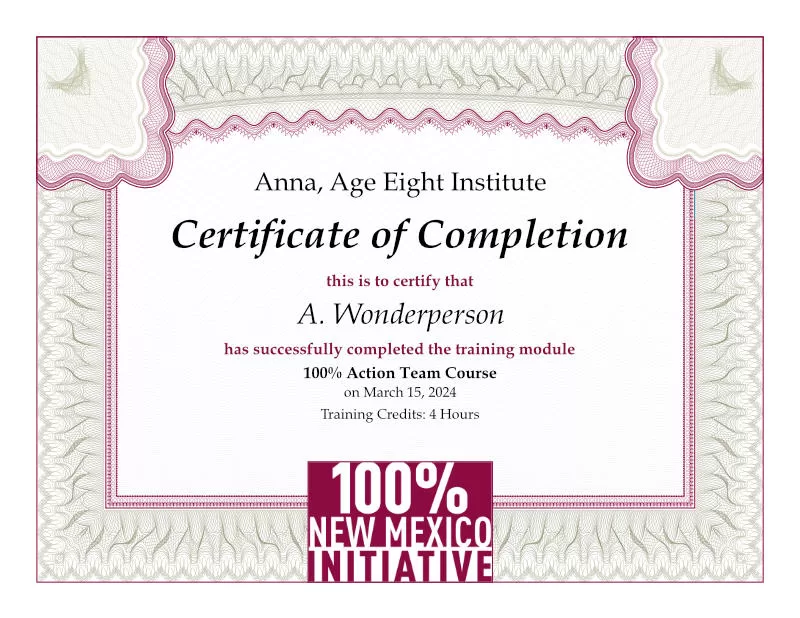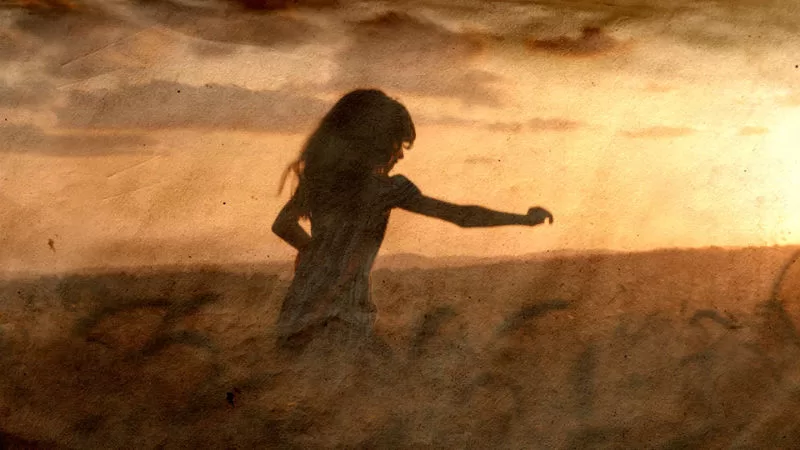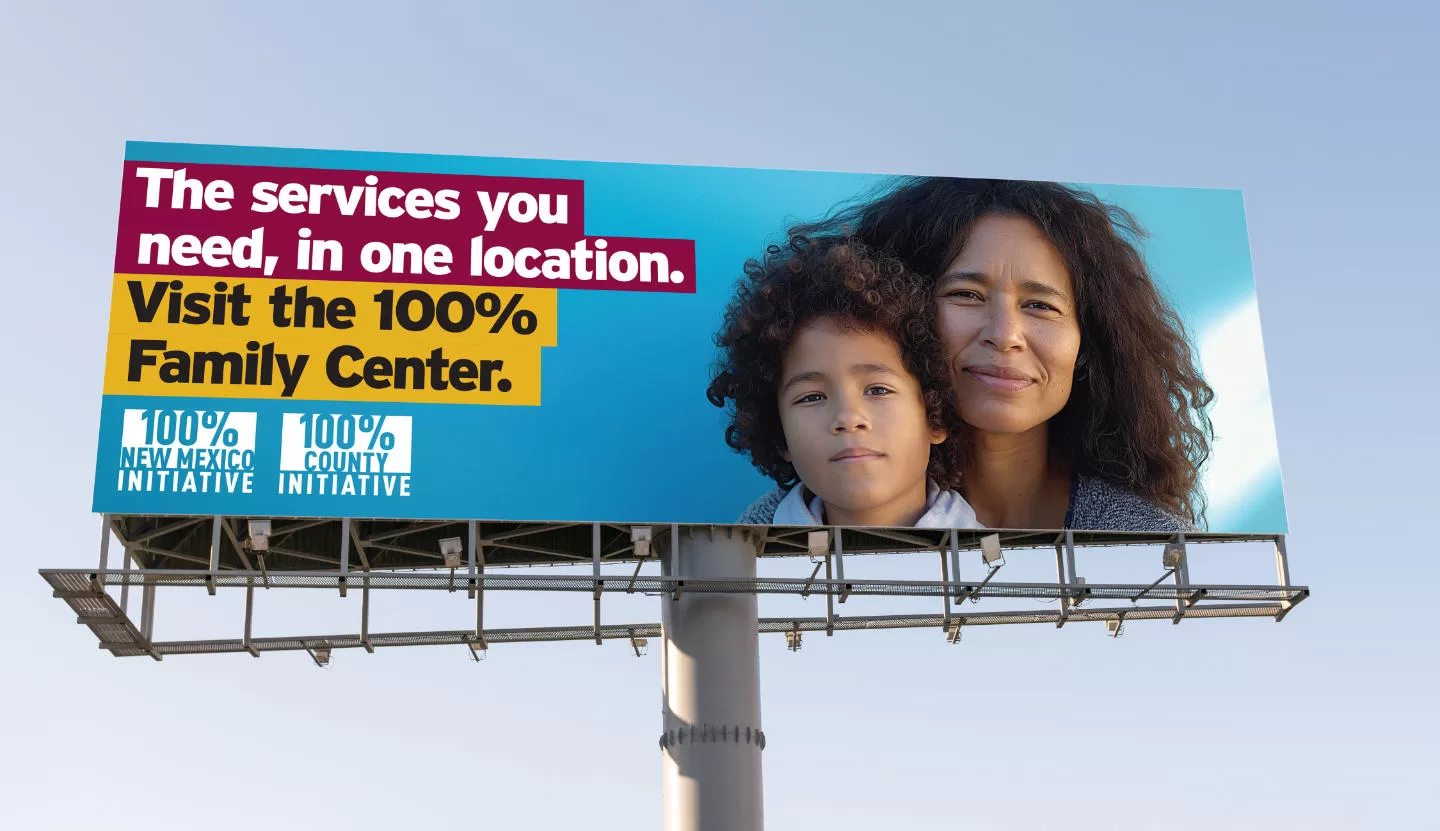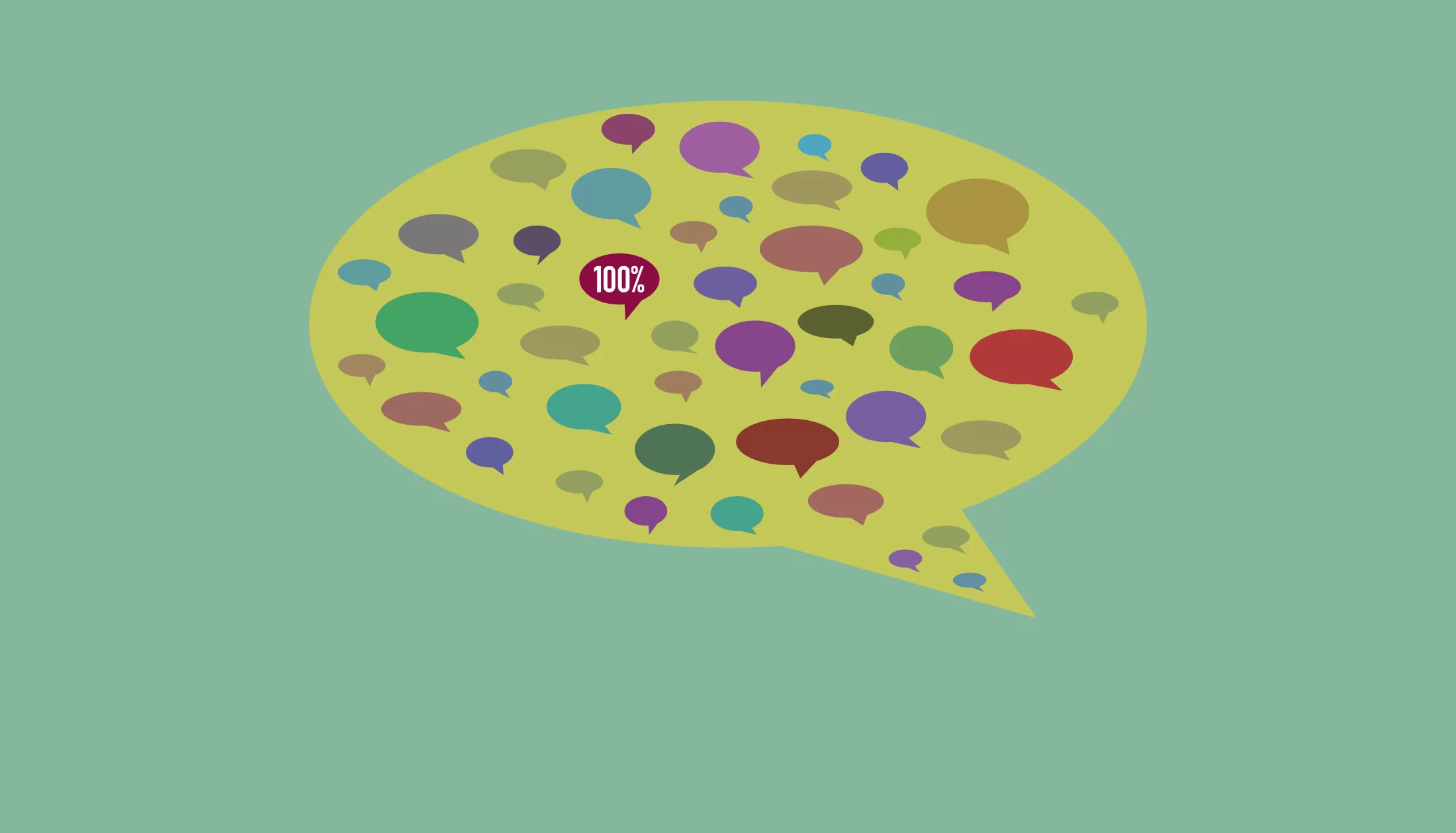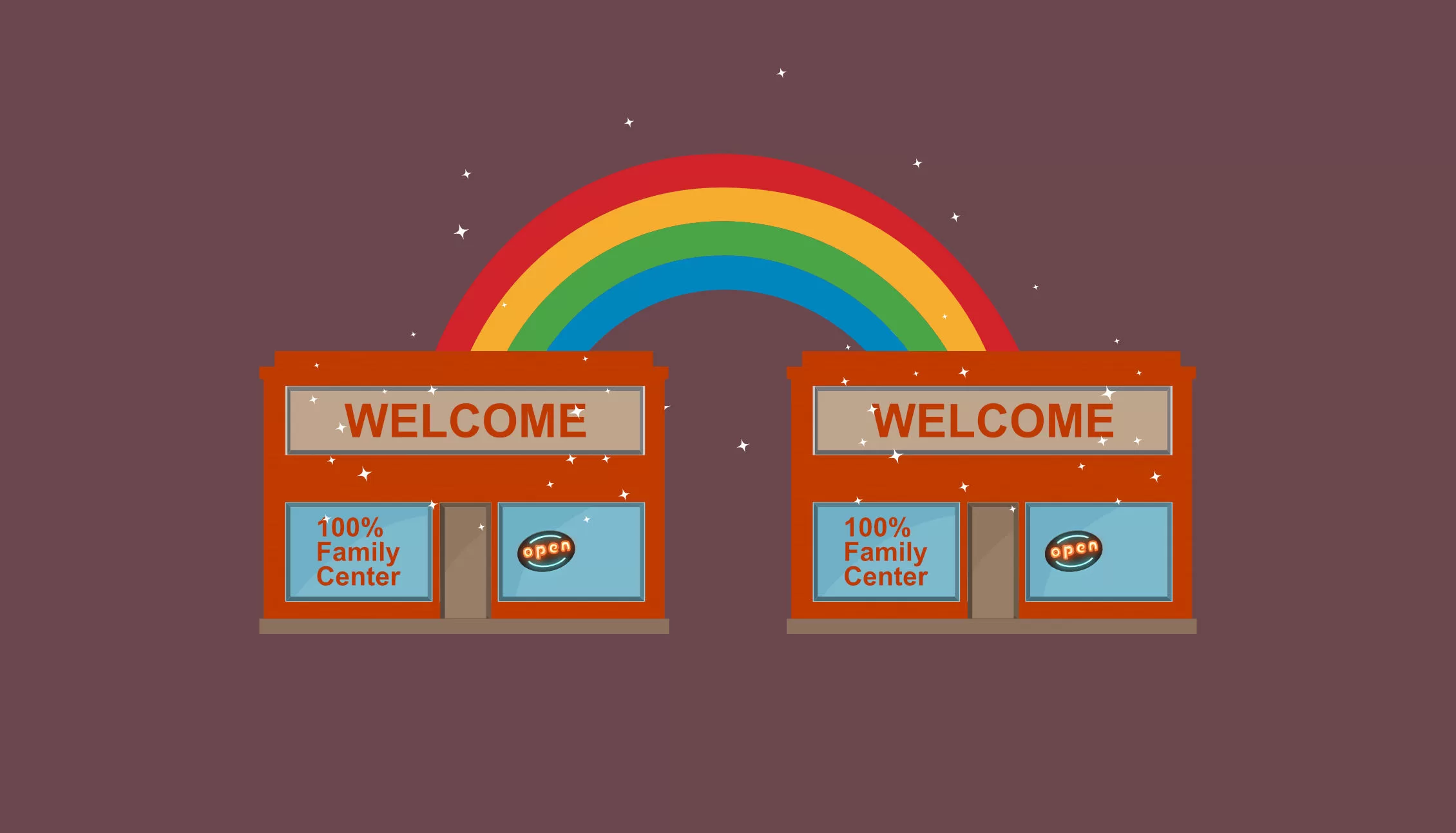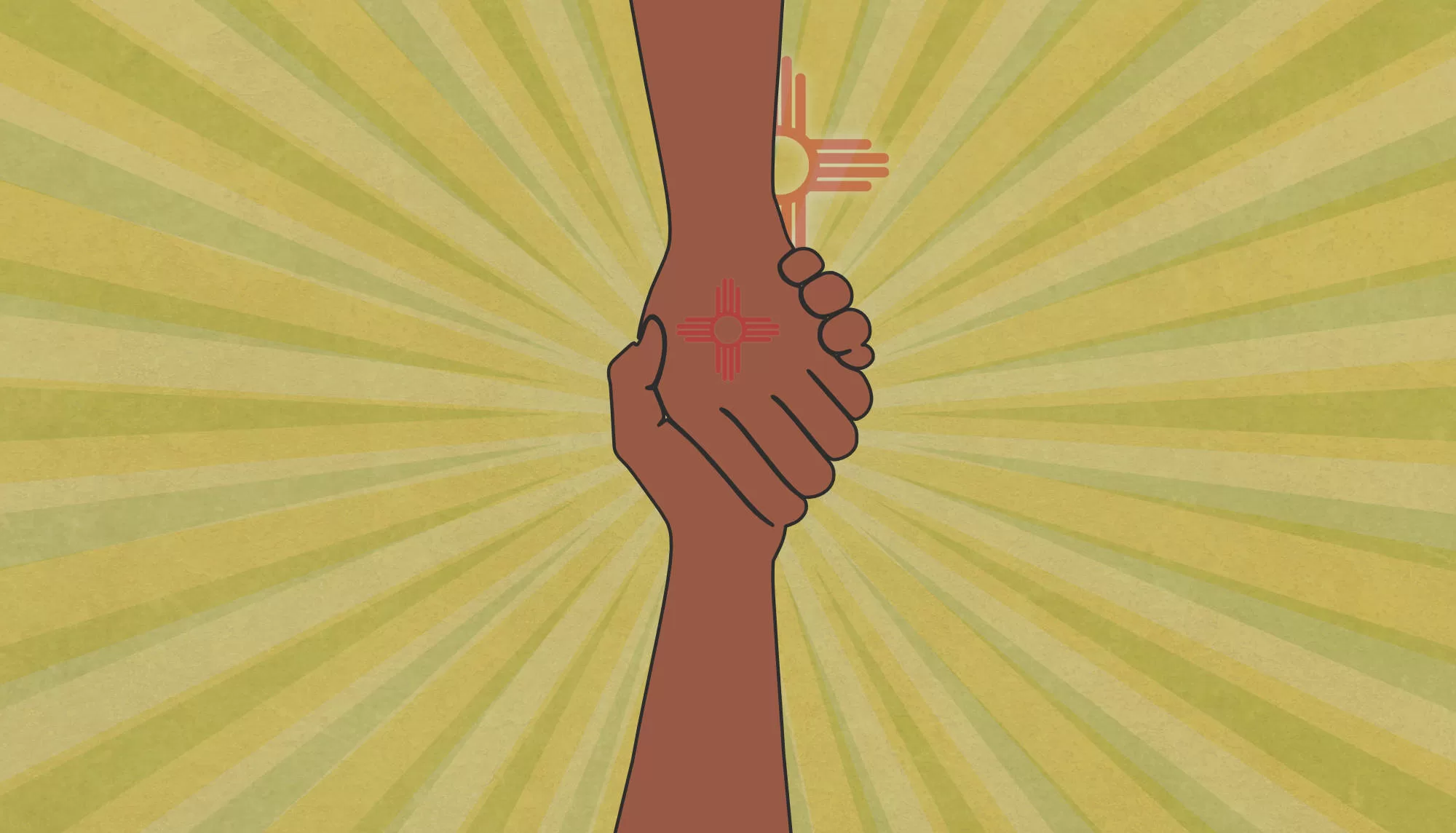Are We Comfortably Numb or Active Change Agents?
Distracted and disempowered by the mass media, social media, and the entertainment industry, do we have the steadfast courage to focus our attention on the harm being done to our children today? The answer may surprise you.
Katherine Ortega Courtney, PhD and Dominic Cappello, PhD
now read on…
How long will it take? Legislative session after session, billions of dollars are directed to run the state, with many lawmakers seeking to address the historical challenges that diminish the lives of our children and students. Decades of research tell us precisely what to invest in to create home, school and community environments that produce healthy, safe, and resilient children. Will comprehensive system reforms pass to make every child our number one priority? Within all levels and corners of government, bold solutions are being debated with the fate of our children and students in the balance.
On our fifth anniversary of the Anna, Age Eight Institute, we share excerpts from Anna, Age Eight’s “Chapter One” on acknowledging the root causes of our challenges and how to fix them. Anna, Age Eight—based on a child who fell through the cracks and became a child fatality—started our Anna, Age Eight Institute and the 100% New Mexico initiative to ensure every child and family in New Mexico can access the ten vital services for surviving and thriving.
Given the movement that Anna, Age Eight started across the state, it’s not a question of if New Mexico can ensure the safety of each child, but when.
Anna, Age Eight, Chapter One: “Comfortably numb”
Anna’s Story
Anna was like many of us at age eight, growing up with adversity. Her particular adverse childhood experiences came from living in households where adults misused substances and lived with untreated mental illness. Then more adversity arrived. We will detail Anna’s story, a life that ended far too early, throughout the course of this book, but for now, we ask you to think back for just a moment to reflect on your childhood and how parts of it may have mirrored her story. You may not relate at all to any of her circumstances, but that actually puts you in a minority.
FAR AWAY FROM YOU, on the other side of town, or the other side of the tracks, children live out perfectly miserable lives. If you’re a social worker, of course, this is what you face every day. If, on the other hand, you are like the rest of the American public, you take notice once in a while, perhaps engaging in a bit of head shaking. But for the most part, these boys and girls are out of sight and out of mind. This book is not just about those kids.
This book is about all our kids, including your children, your sister’s children, and your neighbor’s children. It is about everyone who was once a child. It’s about what goes on in your or your neighbor’s home that nobody knows about. It is about headlines and cries for help that, try as we might, we cannot escape:
Eva, age two, was left in a motel room as her mom passed out from the drugs.
A group is lobbying to reinstate the death penalty just to ‘fry’ the mother who killed her four-year-old son, Derek.
Why didn’t the school and neighbors know that six-year-old Dana was at risk for being abused by her parents?
A mother left her two-year-old daughter, Angela, with a boyfriend, who would later drown her, complaining that the little girl just cried too much.
How could a 12-year-old, Doug, literally starve to death over the course of months, in front of his teacher?
People are outraged that the prison system let someone out on probation without knowing he was a sociopath – letting him brutally murder his new girlfriend’s ten-year-old daughter.
Here is the tip of the iceberg, but if we are lucky enough to escape the most violent possibilities, we still bolster the foundation. We are all packed together into the small island planet, floating about the universe, trying to make something of our fate and all these problems. This book is about all of us.
Which brings us to a reasonable question: What kind of sick society are we? How is it that the world’s oldest constitutional democracy manages to send railroads across a continent and rocket ships to the moon, all in the process of becoming the richest nation in the history of time, but also plays host to the routine rape, starvation, burning, and beating of children? Why are so many kids scarred, born addicted, and generally traumatized? Not every tragedy can be prevented, of course, but this? This is our best effort? Surely, we may wonder, all these bruised, beaten, abused and murdered children need not show up on the nightly news, week after week, in such horrifying quantities.
Feel like looking away at this point? You’re not alone. We’re happy to muster our full attention for any number of causes and passing memes, from the entirely vapid to the occasionally consequential. But when it comes to the magnitude of childhood trauma and maltreatment, we prefer to live in blissful denial.
That’s a stain on our collective moral character, to be sure, but the “strategy” also backfires spectacularly. We all know traumatized kids and their problems don’t go away just because we stop thinking about them. They share playgrounds and classrooms and church youth groups with our kids, and when they grow up to be adults, they share our workplaces, sell us groceries, serve as our elected representatives, and marry into our families. They are everywhere. They are legion. They might be even be you.
In the best-case scenario, the trauma of abuse and neglect that these kids suffered is in the past. But we need not read William Faulkner novels to know that the past is never dead, and in fact is not even past. Humans don’t work like that. Emotionally healthy people who are treated well through life tend to treat others well, in an emotionally healthy way, but the opposite is also true. Whatever happened to those kids we that try not to think about – whenever it happened – it will brush off with every human interaction, and then some little piece of it will have happened to you, and to all of us.
We pay for this blissful denial with lots of cold, hard cash. Besides the government agencies designed to help kids in the thick of it, there are the extra cops and prisons to backstop the failures, and the welfare state that, even if it can’t solve the underlying problem, pays to ensure that people don’t starve (mostly) and have a place to live (more or less). Traumatized kids also have quite understandable problems learning, so the schools spend more of your money on extra help, sometimes stealing time from your kids in the process. As adult survivors, those with untreated trauma will be less economically productive, hanging invisible weights on the GDP at large, and probably on your workplace in particular.
When this trauma inflicted on children rises to the level of a fatality, especially one almost tailor-made for TV, we are all collectively mortified. We express horror and outrage, and there is much moaning and gnashing of teeth. But like an unstable isotope, that energy seems to have a half-life of only a day or two. By next week, it’s just a light hum in the background. Until the next fatality, when the process begins again, because according to the newscasters and the officials they interview, there is no clear way to stop it.
We want to stop it, of course, but where do we even begin? Where do we start to tackle this multi-generational, multi-faceted issue of childhood safety, and its aftereffects that roll on through time? Which agency head can we haul before a legislative panel for an angry reckoning and very public shaming? Who can we fire? And is it safe to divide blame among crazy parents, unobservant teachers, and lazy social workers?
Not quite.
“When children are harmed, society cries out for justice,” says Melissa Hardin, who managed a county office for New Mexico Child Protective Services. “But for whom? It’s too late for the young child. So society looks to assign blame for an oversight made by someone, somewhere. Surely, an adult in contact with this child should have seen something and acted.”
Thus responsibility is removed from the many and placed on the shoulders of a few overburdened people who can’t change the past and who, until the story broke, were the only ones who cared anyway. Whatever guilt we felt from the blissful ignorance is thusly assuaged.
That is obviously a terrible way to approach this. We all own a piece of the mess, and blaming a few people we set up to fail won’t get us anywhere. This is an epidemic, and we should generally avoid bringing out the worst in people if we’re going to solve anything. During the AIDS crisis, for example, there was plenty of ugly talk about quarantines and “identifying” those infected, perhaps barring them from certain jobs. The compassionate, sensible solutions ultimately won out, but it was “touch-and-go” there for a while.
We’re all responsible
So in the interest of keeping this on track, let’s be clear that all of us collectively allow unsafe childhoods, filled with adversity, to remain a standard feature of these United States. We do not control the actions of one broken person doing harm to one child, but we do influence the surrounding environment which is the single biggest predictor of whether the harm will come. The change will arrive only when we, who are ultimately responsible for the situation, demand it.
What on earth would that change look like? We barely have a picture of that, despite living in a society obsessed with numerical metrics that fancies itself as forward-thinking. With kids, we measure what’s going right, like satisfactory math scores, school attendance, graduation rates, and college admissions percentages. These numbers are great to have, but they don’t tell the full story. What’s missing is the information about the people who ended up on the other side of the hoped-for outcome. Were they safe from violence and assault? Did they live in homes that prominently featured substance abuse, untreated mental illness, or neglect and malnutrition? We need to measure success, to be sure, but to do so correctly, we must also measure failure.
Going Upstream
As we end this chapter, a call to action first made in 2017, we leave you with three words that sum up our 100% New Mexico initiative’s mission, vision and activities across New Mexico: 100% can thrive. As readers of our 100% BLOG, you know what’s required to change the trajectory of New Mexico. We have taken a sober look at the decades of data that reveal a society that has left half its families to struggle to connect with the services that mean the difference between barely surviving and thriving (all described in detail in our book 100% Community: Ensuring 10 vital services for surviving and thriving.)
As students of history, activism, and psychology, we know one legislative session will not transform the adverse social determinants of health (lack of services) into positive determinants (fully accessible services). We know that it will take a series of bold actions by state and local governmental leaders, along with partners in the private sector and philanthropy, to finally reinvent New Mexico so that every child and youth is the number one priority, given the opportunity to succeed in school, family life and a future. We know our initiative’s work being called “far too ambitious” and “thinking too big” is a badge of honor.
The Strategy: Ensure families’ access to ten vital services
Support the implementation of a statewide network of 100% Family Center: One Stop Service Hubs which can link families to existing and accessible services onsite, online or through navigators. The Center’s quality improvement staff would also focus on increasing services in each county, aligning the work with local government and nongovernmental organizations in each county and region.
The 100% Family Center: One-Stop Service Hub strategy is what we call our initiative’s keystone project. We are moving forward and asking for your support as it’s not a matter of if we build a statewide network of 100% Family Centers, but when. And now is the time for bold initiatives that promise a return on investment: 100% of New Mexico’s children, students and families thriving.
Anna’s story inspires us
What we proposed many years ago in Anna, Age Eight and what we propose today hasn’t changed. What is changing is the momentum for change and the signs that more leaders across the political spectrum want a New Mexico where every child and student thrives. We know the solutions and return on investment. As more change agents join the 100% New Mexico initiative, it’s only a matter of time until our four strategies are implemented across all 33 counties. That is the day we celebrate New Mexico being the safest state to be a child.
Did you know? Our transformational 100% New Mexico initiative is guided by web-based, self-paced courses provided free to all New Mexicans.
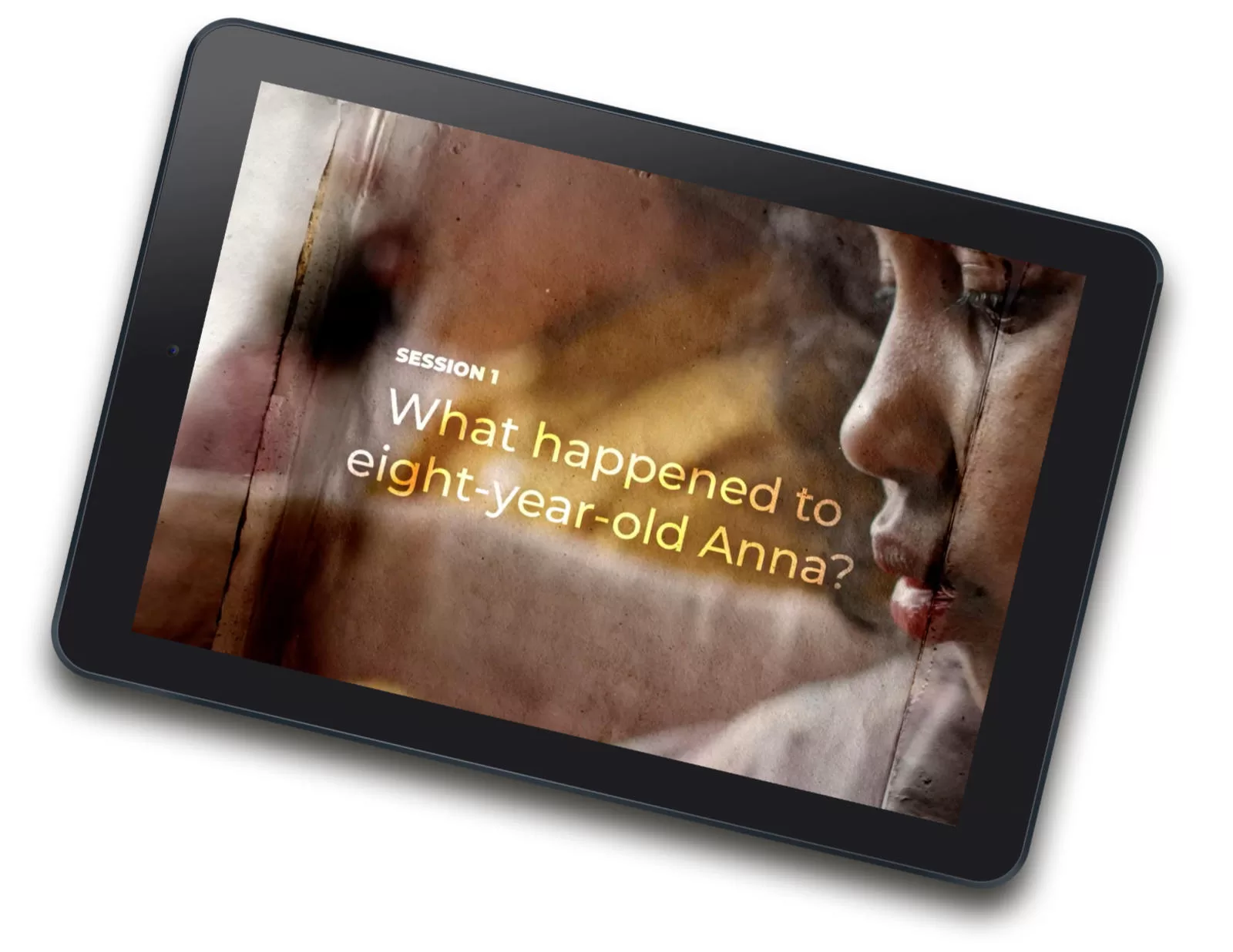
Don’t miss a blog post! Get notified!
The 100% New Mexico initiative is a program of the Anna, Age Eight Institute at New Mexico State University, College of Agricultural, Consumer and Environmental Sciences, Cooperative Extension Service. Contact: annaageeight@nmsu.edu or visit annaageeight.nmsu.edu to learn more.

